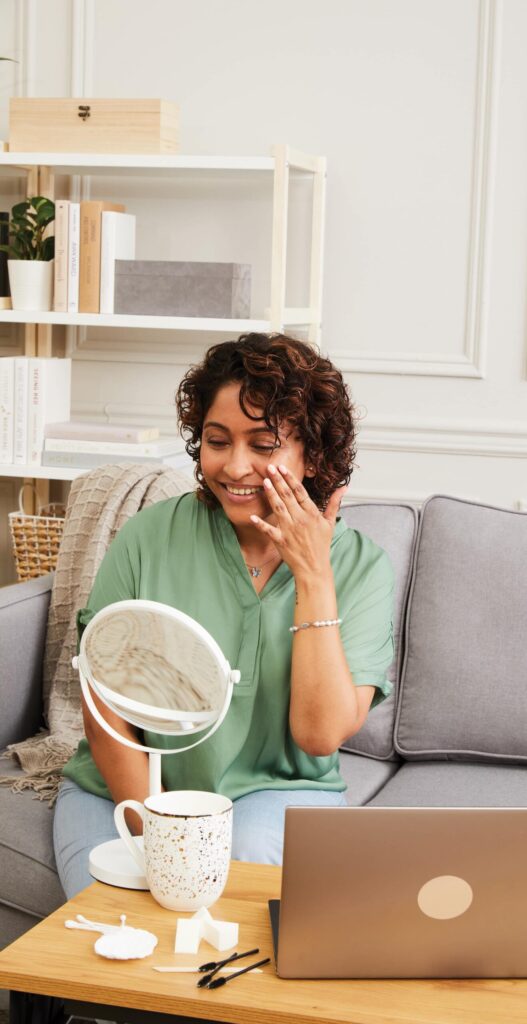Skincare & Makeup
Skincare & Makeup
Full
Register
Skincare & Makeup
Full
Register
Skincare & Makeup
Full
Register
Skincare & Makeup
8 Spots Left
Register
Skincare & Makeup
17 Spots Left
Register
Skincare & Makeup
Register
Skincare & Makeup
Register
Skincare & Makeup
Register
Skincare & Makeup
Register
Skincare & Makeup
Register
Skincare & Makeup
Register
Skincare & Makeup
Register
Skincare & Makeup
Register
Skincare & Makeup
Register
Skincare & Makeup
Register
Skincare & Makeup
Register
Skincare & Makeup
Register
Skincare & Makeup
Register
Skincare & Makeup
Register
Skincare & Makeup
Register
Skincare & Makeup
Register
Skincare & Makeup
Register
Skincare & Makeup
Register
Skincare & Makeup
Register
Skincare & Makeup
Register
Skincare & Makeup
Register
Skincare & Makeup
Register
Skincare & Makeup
Register
Skincare & Makeup
Register
Skincare & Makeup
Register
Skincare & Makeup
Register
Skincare & Makeup
Register
Skincare & Makeup
Register
Skincare & Makeup
Register
Skincare & Makeup
Register
Skincare & Makeup
Register
Skincare & Makeup
Register
Skincare & Makeup
Register
Skincare & Makeup
Register
Skincare & Makeup
Register
Skincare & Makeup
Register
Skincare & Makeup
Register
Skincare & Makeup
Register
Skincare & Makeup
Register
Skincare & Makeup
Register
Skincare & Makeup
Register
Skincare & Makeup
Register
Skincare & Makeup
Register
Skincare & Makeup
Register
Skincare & Makeup
Register
Skincare & Makeup
Register
Skincare & Makeup
Register
Skincare & Makeup
Register
Skincare & Makeup
Register
Skincare & Makeup
Register
Skincare & Makeup
Register
Skincare & Makeup
Register
Skincare & Makeup
Register
Need Help?
Call 1-800-914-5665 for workshop registration support.


